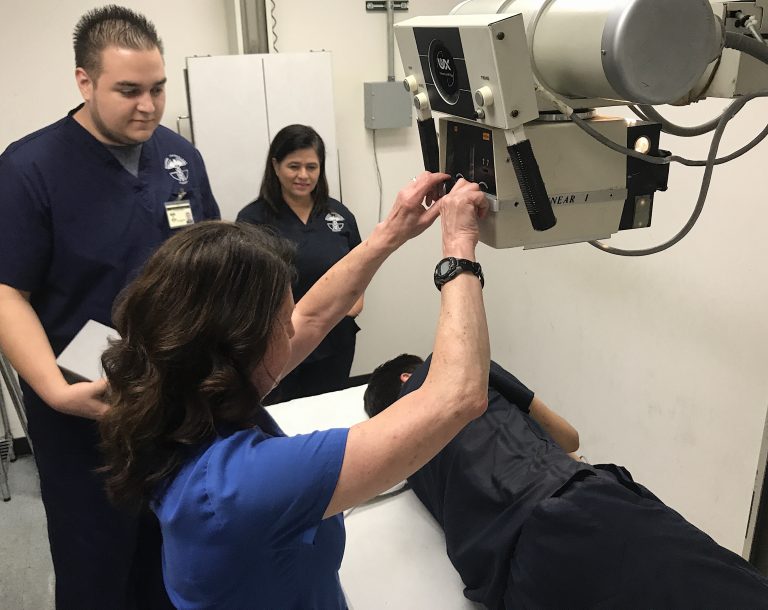In the rapidly evolving field of healthcare, radiologic technology plays a pivotal role in diagnosis and treatment. X-ray technicians, also known as radiologic technologists, are crucial members of the healthcare team, utilizing advanced imaging equipment to capture internal images of the human body.
As the demand for diagnostic imaging continues to rise, aspiring X-ray techs often wonder about the financial prospects of this profession. In this article, we’ll delve into the intricate details of how much X-ray techs make, exploring salary ranges, factors influencing earnings, and future growth opportunities.
1: Understanding the Role of X-Ray Technicians
Before delving into the financial aspects, it’s crucial to comprehend the multifaceted role that X-ray technicians play in the healthcare system. These professionals operate X-ray machines, CT scanners, and other diagnostic imaging equipment to produce high-quality images that aid physicians in diagnosing and treating various medical conditions. Their responsibilities extend beyond just techsslash.com, as they must also ensure patient comfort, practice radiation safety, and collaborate effectively with other healthcare professionals.
2: Factors Influencing X-Ray Tech Salaries
Several factors contribute to the variation in X-ray tech salaries. Geographic location, level of education and experience, the type of healthcare facility, and additional certifications are among the primary influencers.
Geographic Location:
Salaries for X-ray techs can significantly vary based on the geographical location. Urban areas with a higher cost of living generally offer higher wages to compensate for the increased living expenses. In contrast, rural areas might have lower salary ranges.
Education and Experience:
As with many professions, education and experience play pivotal roles in determining an X-ray tech’s earning potential. Those with advanced degrees or specialized certifications often command higher salaries. Likewise, professionals with years of hands-on experience may receive higher compensation.
Type of Healthcare Facility:
The type of healthcare facility where an X-ray tech is employed also influences earnings. For instance, working in a large metropolitan hospital may offer a different salary structure compared to employment in a private clinic or outpatient facility.
Certifications and Specializations:
X-ray techs with additional certifications or specializations, such as mammography or magnetic resonance imaging (MRI), may earn higher salaries due to their expanded skill set and increased demand for specialized services.
3: Average X-Ray Tech Salaries Across the United States
To provide a comprehensive overview, let’s explore the average salaries of X-ray techs across different regions in the United States. Keep in mind that these figures are approximate and subject to change based on various factors.
East Coast:
Metropolitan areas on the East Coast tend to offer higher salaries for X-ray techs. Cities like New York, Boston, and Washington, D.C., may boast average salaries ranging from $60,000 to $80,000, depending on experience and credentials.
West Coast:
Similarly, the West Coast, with its high cost of living, offers competitive salaries. X-ray techs in cities like Los Angeles, San Francisco, and Seattle can expect average annual earnings in the range of $65,000 to $85,000.
Midwest:
In the Midwest, where the cost of living is generally lower, X-ray tech salaries may range from $50,000 to $70,000. Cities like Chicago and Minneapolis tend to offer higher compensation compared to rural areas.
South:
The Southern states typically have a lower cost of living, influencing X-ray tech salaries. Professionals in cities like Atlanta, Dallas, or Miami may earn between $55,000 and $75,000 annually.
4: Emerging Trends and Opportunities in X-Ray Tech Careers
As technology continues to advance, so do opportunities for X-ray techs. Staying abreast of emerging trends in the field can not only enhance professional development but also open doors to higher-paying positions.
Technological Advancements:
The integration of artificial intelligence (AI) and 3D imaging technology in diagnostic imaging is revolutionizing the field. X-ray techs who embrace and adapt to these advancements may find themselves in high demand, potentially leading to increased earning potential.
Specialized Certifications:
Acquiring additional certifications in emerging specialties, such as cardiovascular interventional radiography or pediatric radiology, can make X-ray techs more marketable and may lead to higher salaries.
Career Progression:
X-ray techs can explore career progression opportunities by pursuing leadership roles, such as chief radiologic technologist or radiology department manager. These positions often come with higher salaries and increased responsibilities.
Conclusion:
In conclusion, the salary landscape for X-ray techs is diverse and influenced by various factors. While geographic location, education, and experience play significant roles, staying attuned to emerging trends and seizing opportunities for specialization can elevate earning potential.

